Here’s a question: does growing food in Canada constitute food security? Perhaps there’s a question here of food quality. Take a look at these Royal Gala apple trees.
That’s a system designed to create leaves. The sun drawing sap up through the leaves keeps minerals flowing for the apple below, but leaves are shade, so a few weeks before harvest the leaves and branches are trimmed off (as you can see above) and the flow is interrupted, leaving the fruit to develop in its final ripening stages in a rather nutrient-poor and sugar-poor environment. It relies on hanging branches, lightly-leaved, around the fruiting twigs, to produce sugars. Note the difference in vigour between the hedge-trimmed cap on the tree below, and the weak fruiting wood below.
Trees naturally produce toxins (the same that are in 2-4-D herbicide), to suppress secondary growth, so that the tree spends its energy growing towards the light. That is the tree’s effort at food security: the best fruit on the youngest wood, with the most flow and in the most light. Everything else is discarded. The system in these images was originally set up to replace trees with a wall of fruiting branches, but has devolved in practice into maintaining old, half-poisoned fruiting wood (which makes small leaves and small apples), all of it in poor flow situations, with low sugars, by cutting off the very wood the tree wants to use to make sugar.
Instead of using pruning to create new opportunities for light and new, high-quality fruit, sustaining the tree’s ability to produce, quality and the trees are sacrificed, with pruning that comes too late in the year to do anything except create more leaves at the top and an increased atrophy of fruiting structures below. These structures:
It is a mistaken belief that pruning a fruit tree is its shaping. In fact, pruning is done to make openings for light, that the tree can move into. But let’s look, for the moment, at food sustainability. These fruiting structures (above) have been sustained, but to what effect? Hanging wood creates small fruit, and requires more pesticides to beat off the pests attracted to its weak defences. They’re weak because there is very little sap flow. The tree can’t respond to an invasion. That’s a big strike against sustainability. Now, let’s pretend we’ve cut those disease-prone, less-than-useful twigs away, creating a situation in which the tree can renew itself with strength.
Imagine, the purple twigs gone, the green buds capable of producing twigs, and the red ones next year’s apples. When you’re out pruning, you learn to see the pruned tree before you make a cut. So, let’s take it again, more slowly, with the next tree:
This tree was heavily cropped last year. As no fruit will grow where fruit grew the year before, there’s not a lot of production here for 2022. Traditionally, this problem was solved by keeping the tree growing vigorously from many different points, all of which could produce new fruiting wood every year, allowing the tree to never enter the two-year cycle. The system in these dwarf trees was designed to speed up production and reduce labour. The trees were supposed to be removed at the age of 10 years (they’re now around 18, I think), to keep the vigour up, but that’s too expensive, what with low-cost fruit coming in from the USA, and all. The result is weakness. Labour is too expensive (Consider: In a world ostensibly built around people, people are too expensive. That’s not sustainable.), so thinning is done with toxins in the spring. Any errors in calibration and there are too many apples, and suddenly you’re in the awful two-year cycle. So, let’s be brutal in a way I would never recommend, and see what happens if we correct that with pruning.
If we cut off the weak, hanging wood, we are left with a few leaf buds that can renew the twigs. In two years, there will be new fruiting wood at these points, none of it yet dragged below a positive flow-angle by the weight of fruit, yet. I think you can see why this doesn’t really work. There’s very little wood yet. Two years is a long time to wait in an expensive world.
There’s lots of light, but fixing the problem at least a dozen years late is not going to help. The system has created the problem, and it is sustaining it. We can, perhaps, illustrate the issue better on the next tree. Here we are, right at the base of the hedge that caps the trees. There’s little light here, but lots of fruiting buds with a bit more vigour. Or, are there?
Imagine that you had to sort this mess out, to let in the light. Not much left!
And very little fruit. Here’s the crop for 2022.
Two apples (red). The green points are where there were apples this year. Many were thinned off shortly before harvest. An efficient business, but unsustainable. The result is financial pain this year, and more apples coming from the States, subsidized by trucking (the fossil fuel industry) and low-cost temporary Mexican labour (in lousy conditions; a kind of practical racism created by a border wall to the South.) Again, I wouldn’t advocate making all these cuts, as the amount of growth would be excessive, and the problem, that darned cap of twigs, remains. There are, as you can see in the example below, some apples on it…
… but they are a) mostly hanging down, b) not being replaced, and c) so high up that ladders are required, negating any labour efficiencies the system was set up to create. In short, if truckers are telling you that food security is dependent on them trucking food across the US-Canadian border to you in Canada, remember that the low-cost Mexican labour and monopoly shipping, packing, wholesaling and retailing systems are creating the conditions for both labour and food insecurity in Canada, increasing our dependence on foreign sources. That is not security. In this instance, however, the solution is within our means: better tree care and more respect for the potential of skilled labour and a removal of excess strain on trucking resources. We currently don’t have enough trucks or drivers. That is unsustainable. The answer, however, is not more. It is actually less. The details, well, we have to work those out, but we have the collective skills to do so. I hope my illustration today clarifies just how cultural these things are, and how far-reaching and multi-faceted these issues are. That’s not a reason for despair. It’s a reason for hope. There’s a place we can all start, based on our situation and our skills, no matter how small. For a tree whisperer, it’s one fruit bud at a time. For others, it will be issues of marketing quality or social equity or labour law or even orchard financing. We all have a place to start, usually right where we are a part of the problem and can best be a part of a complex but imaginable and achievable solution.
Categories: Agriculture, Arts, Industry


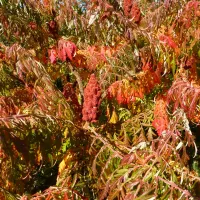
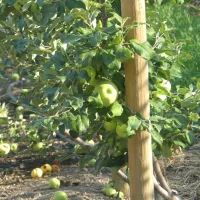



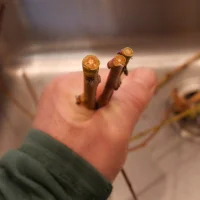


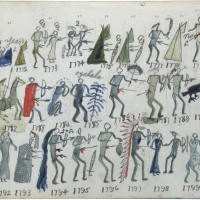
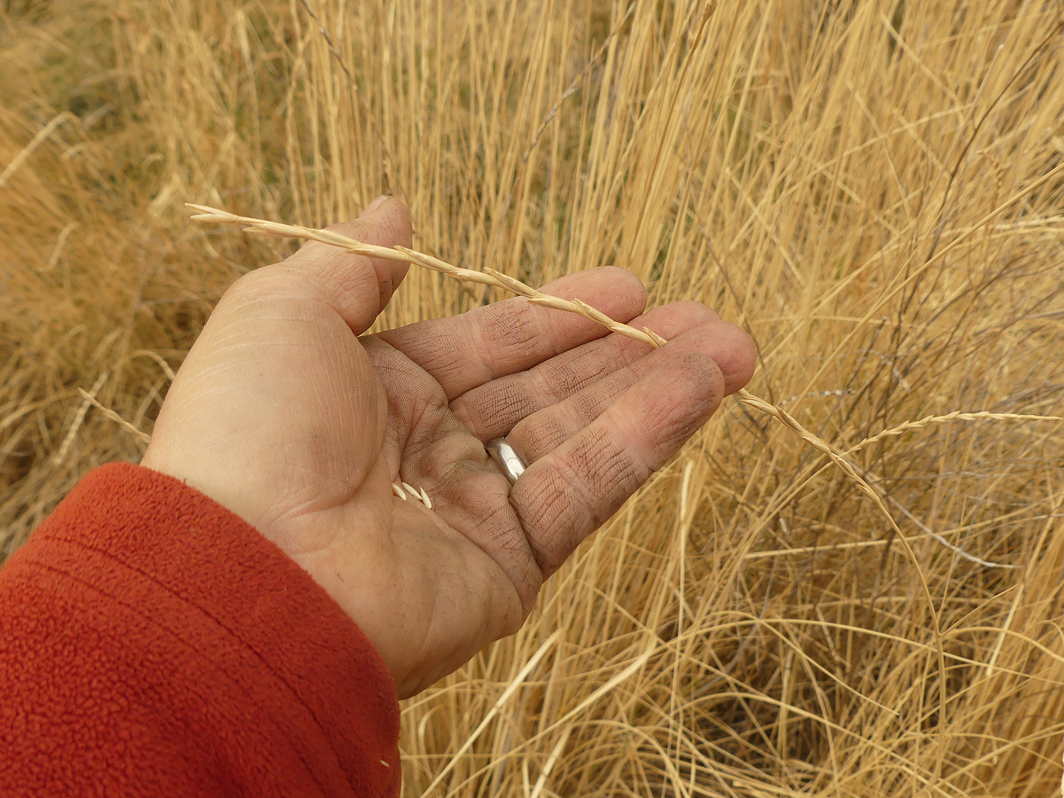













Necessary reading now in all its extensions.
LikeLiked by 1 person
Indeed.
LikeLike
There is so much wrong with our current farming practices, yet as you say so much hope. Our thirst for efficiencies and grand profits lead us to so many of the problems. Farming has lost its connection to the land, family legacies, and its intimate act as craft. We are left with too many contract growers and faceless products.
LikeLike
Thanks, Jovanka! I hadn’t thought of contract growing.
LikeLike
As a rank amateur at pruning, let me say that there is a nagging thought in my mind, that the “stick pruning” shows little respect for the tree. (I feel the same about the development of Belgian blue cattle, on another side of agriculture.)
About trucking. . . If just some of the subsidies and bail-out programs designated for the Okanagan region were designated for other regions, there would be no reason to truck very much fruit. In the Bulkley Valley, we could use a small apple-juice processing plant, apple sauce plant, etc. We have a surplus of good apples and most people need control nothing except ants that are milking aphids. We would not need large orchards either.
LikeLike
No respect. It’s the semi-mechanization of a living being. Thoreau called it slavery. I’d go with that. Thanks for inspiring a blog post! I’ll get on this. Any details for me to include?
LikeLike
A good sauce apple like Norkent or Norland produced 230+ small apples in my yard several years running. (Others have had them take a year off after such a big crop.) One group of people brings a portable juicing machine to a central spot and we bring our apples. The group also picks up apples from the ground and trees for those who need help; this also prevents bears from becoming a nuisance and being trapped in culvert traps and then being killed by conservation officers. (There is no place in the Bulkley Valley that is “vacant” so relocation is just a way to either kill the released bear or displace another one and the cycle goes on.
I think if you contacted Laurie Gallant she could fill you in on the apple juicing project. There is also a project in the Kootenays that juices apples and packages the juice so that people who use the smaller containers for lunches, etc., don’t have to import them from the Okanagan.
LikeLike
Brilliant! Thank you! I’m trying to bring this kind of thinking to my Kelowna Unitarian Church, to the Kelowna Community Fridge project, to the disarray that passes for conversation among friends, colleagues & allies and feel so frustrated. May I borrow some of your turns of phrase? I hear you’ve spoken at the Unitarian Fellowship before. Would you consider doing so again?
LikeLike
I sent you an email. I hope it got there! Blessings, Harold
LikeLike